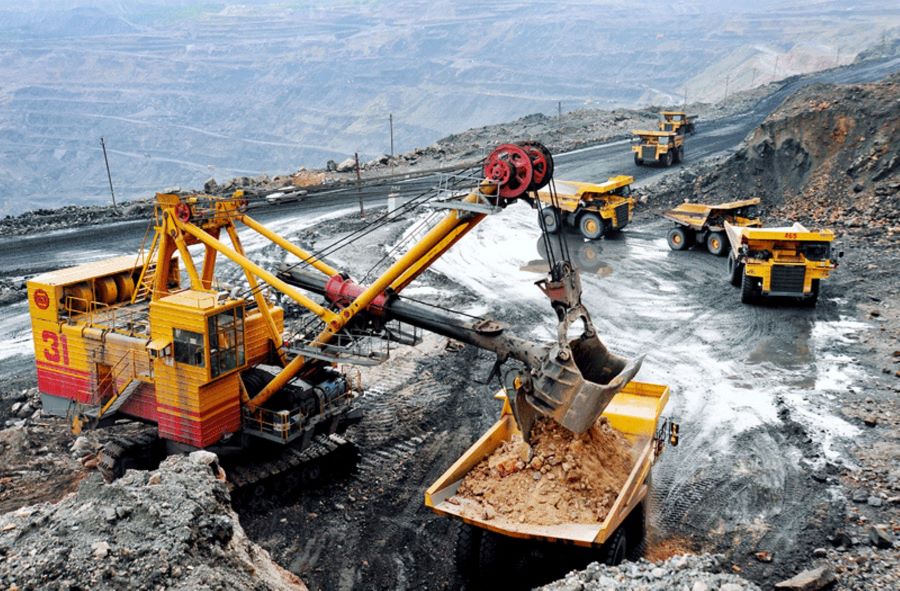Wastewater treatment in mineral mining has increasingly become an urgent issue in the context of the rapidly developing mining industry. The processes of excavation, washing, ore dressing, and mineral processing for ores, coal, or stone generate large amounts of wastewater containing heavy metals, sediments, and toxic chemicals. If not effectively controlled and treated, this type of wastewater will cause serious pollution to soil, water, and air, directly affecting public health. Researching and applying modern treatment technologies not only protect the environment but also help enterprises enhance their image and develop sustainably.
Mining wastewater is generated during excavation, washing, separation, and processing of ores, stones, or coal. This water often contains many hazardous impurities such as heavy metals, sediments, oil, and flotation chemicals. Due to the specific characteristics of production, mining wastewater has variable flow rates and high pollutant concentrations, requiring the application of suitable treatment technologies to minimize environmental risks.
If not treated, mining wastewater will acidify water sources, cause heavy metal accumulation in soil and ecosystems, and directly affect human health. Respiratory diseases, skin disorders, and even metal poisoning may occur with long-term exposure. In addition, surface and groundwater pollution will degrade aquatic ecosystems and unbalance biodiversity. Therefore, wastewater treatment in mineral mining is an urgent requirement — both to protect the environment and to develop the industry sustainably.
 Wastewater treatment in mineral mining protects the environment and promotes sustainable industrial development.
Wastewater treatment in mineral mining protects the environment and promotes sustainable industrial development.
In mining and mineral processing operations, wastewater can arise from many different stages.
The main sources include:
Treatment of mining wastewater by the precipitation method is based on the principle of forming insoluble compounds at appropriate pH levels. When chemicals are added, heavy metals turn into flocs, settle down, and are removed from the water.
This is a traditional solution but still offers high efficiency.
During the purification process, ion exchange resins play an important role by replacing harmful metal ions with harmless ones. This mechanism helps the water become softer and more suitable for subsequent advanced treatment steps.
Microorganisms and aquatic plants can utilize trace metals for growth, thereby helping to purify the water. At concentrations below 60 mg/l and with sufficient nutrients, this biological system works effectively and sustainably supports the mining wastewater treatment process.
When an electric voltage is applied, metal ions are directly separated from the solution without adding chemicals. Although this method is quite complex, it is highly effective for metal-rich wastewater. Therefore, it is considered a promising option for future mining wastewater treatment activities.

Current wastewater treatment methods in the mining industry
Mining wastewater treatment is not only a legal obligation but also a social responsibility for every enterprise in the heavy industry sector. By applying appropriate treatment methods, water sources are protected, the environment is improved, and corporate image becomes more professional and sustainable. Proper investment in treatment systems not only minimizes risks but also opens opportunities for green development — linking economic benefits with environmental protection for future generations.